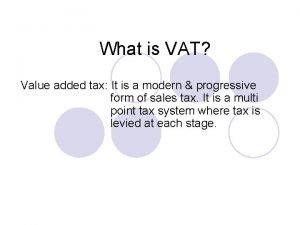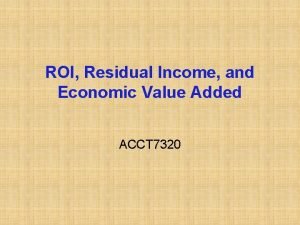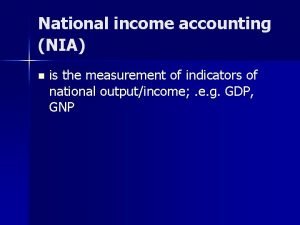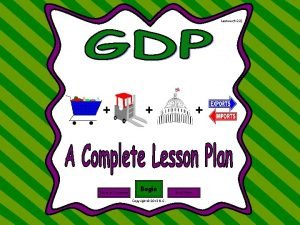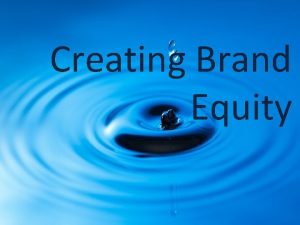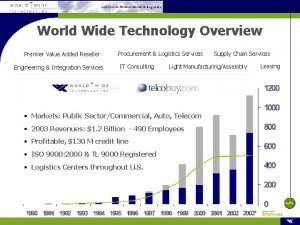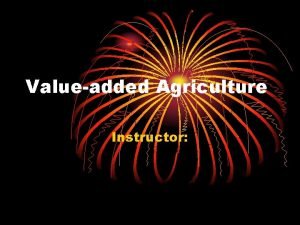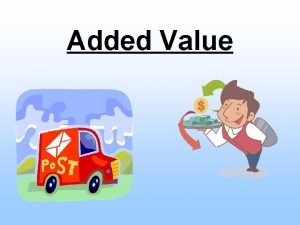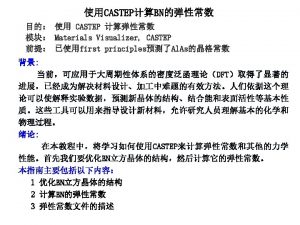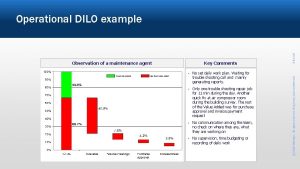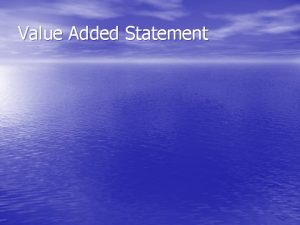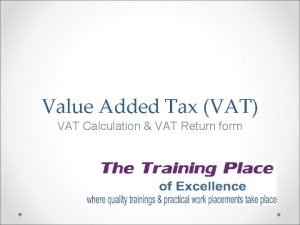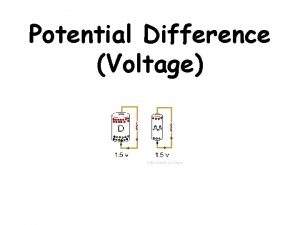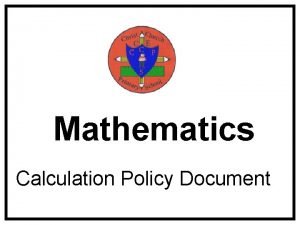Added Value Calculation of added value The difference













- Slides: 13

Added Value Calculation of added value The difference between the cost of purchasing raw materials and the price for which the finished good is sold for.

How might added value be increased? (page 2) • Purchasing cheaper raw materials • Improving the efficiency of the production process • Raising the price of the product • Achieving brand status for a product can create added value. • Offering additional services with a product can result in added value • Improving customer access or convenience is a well-proven method of adding value.

ADD VALUE To Win More Customers & Increase Sales


There are three types of production – ways of producing goods.

Consider the following organisations and identify the production method used, advantages and disadvantages and use of technology,

Job Production Advantages Disadvantages • Single items, usually to the buyer’s specification • Produces unique products and they are made one at a time • Results in high-quality products • Employees are highly skilled • Interesting and challenging jobs • Is labour-intensive • Can take a long time to make • Prices of any goods produced are also likely to be a great deal higher • Skilled workers will command higher payments for their time and expertise

Batch Production Advantages Disadvantages • Lower unit costs and higher output than job production • Employees are likely to be semi-skilled • Use the same assets or capital equipment to produce a range of goods • Allows businesses to aim at niche markets • Some economies of scale will be gained when compared with job production • Time is lost when machines have to be reset • Business may not be equipped to deal with large scale orders • Batch may not meet quality assurance, financial cost and time

Flow Production Advantages Disadvantages • Allows identical products to be made in large volumes • Production of the products is much faster than job or batch production • can meet the demand of large quantities • Workers can be skilled or unskilled which lowers wages costs • unit costs are low and businesses will benefit from economies of scale • often large amounts of capital investment involved through high set-up costs • machines/robotics can be very expensive • breakdowns and hold-ups can be very expensive • products produced through flow production are identical and this method does not allow for a wide product range

The type of production used will depend on a number of factors: • the product being produced; • the cost of labour; • the cost of capital; • the availability of money for investment; • technology; • the skills of labour; • the size of the market; • customer requirements.



Technological Change Mini Amazon Retail Physical stores
 Vat
Vat National income accounting
National income accounting Value added refers to education
Value added refers to education Income method gdp formula
Income method gdp formula Language
Language Calculate residual income
Calculate residual income Value added approach formula
Value added approach formula Real gdp per capita formula
Real gdp per capita formula American marketing association definition brand
American marketing association definition brand Wwt it reseller
Wwt it reseller Value-added agriculture
Value-added agriculture Elements of inspiring
Elements of inspiring Importance of added value
Importance of added value Nilai tambah dalam kewirausahaan
Nilai tambah dalam kewirausahaan
